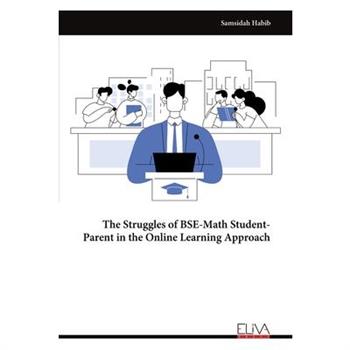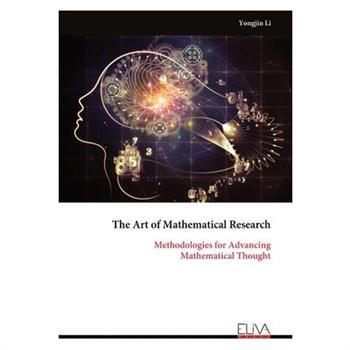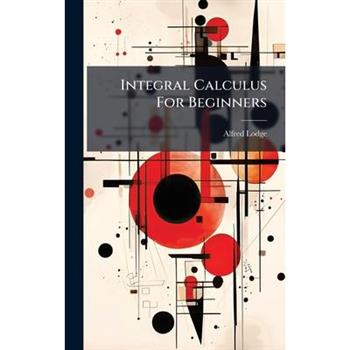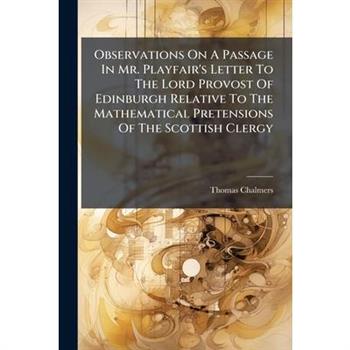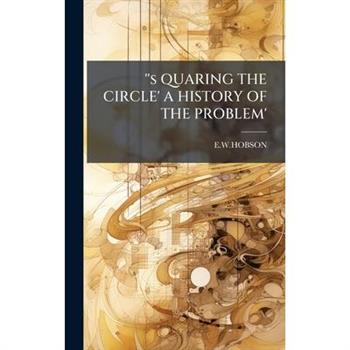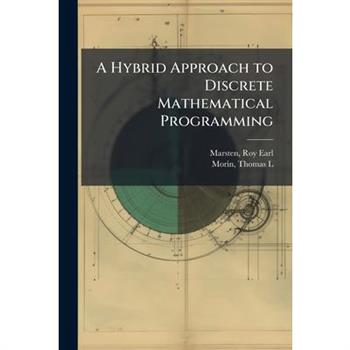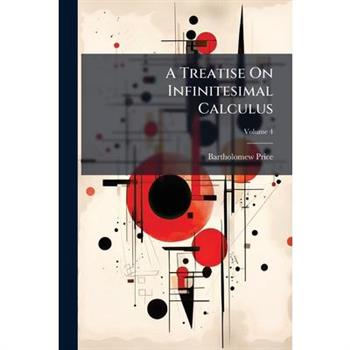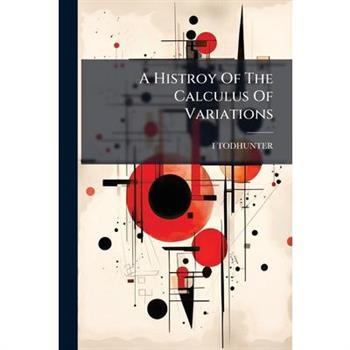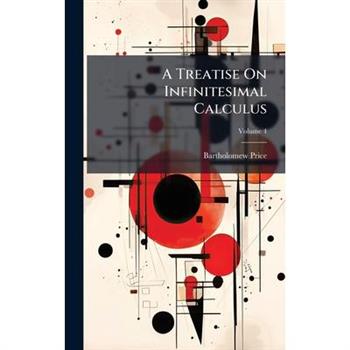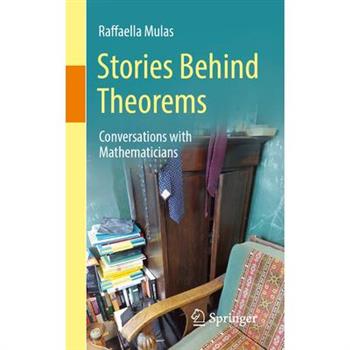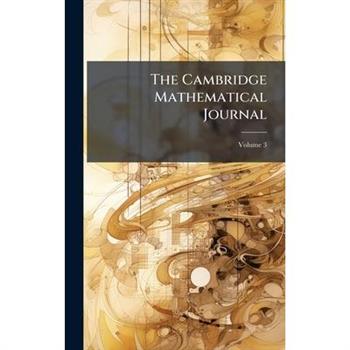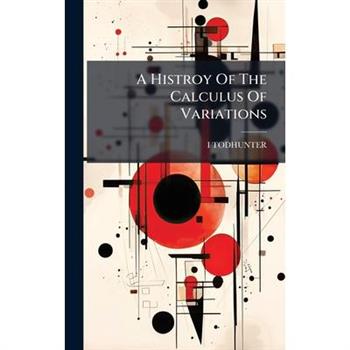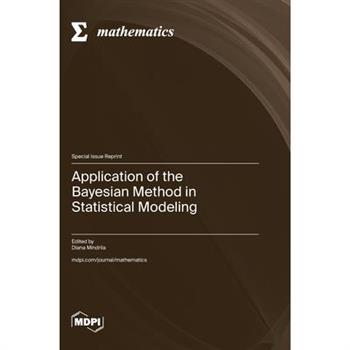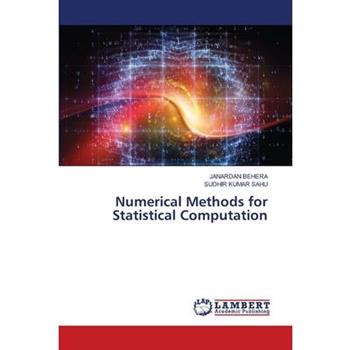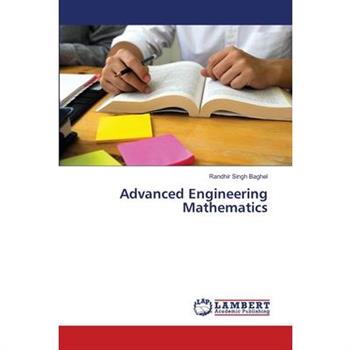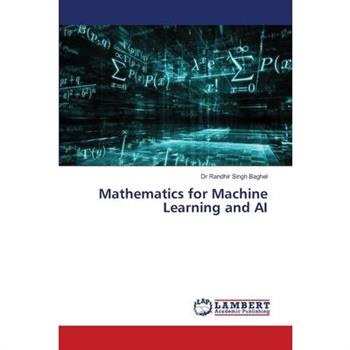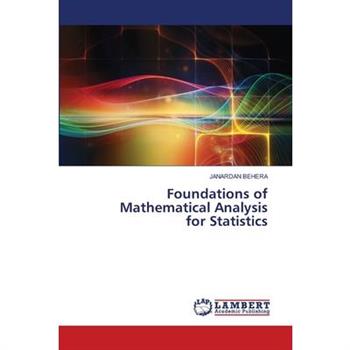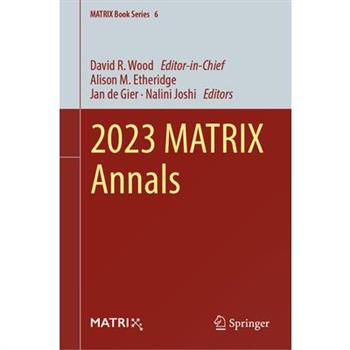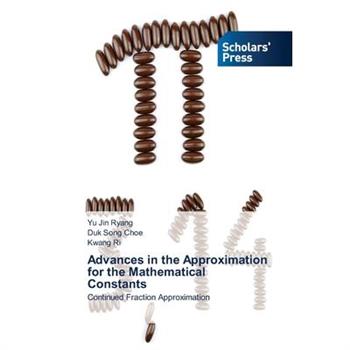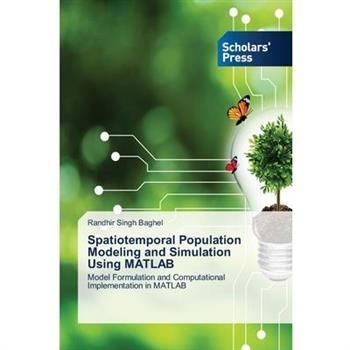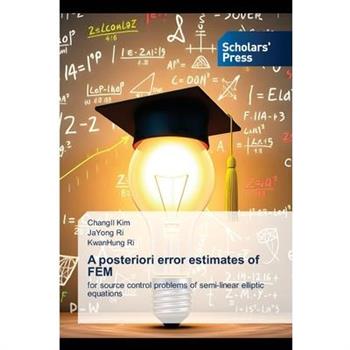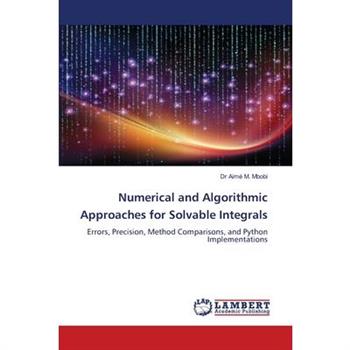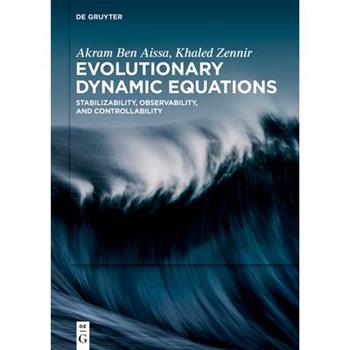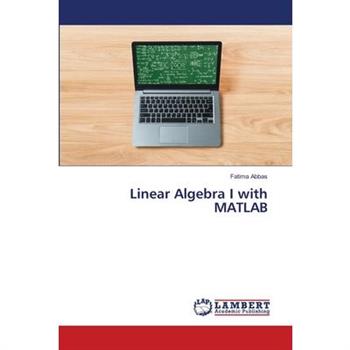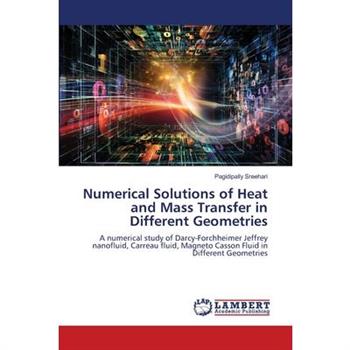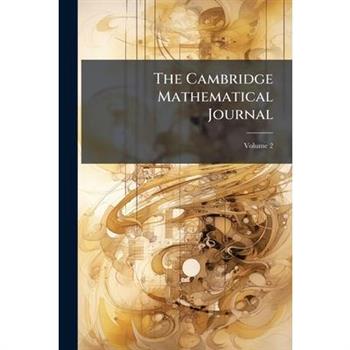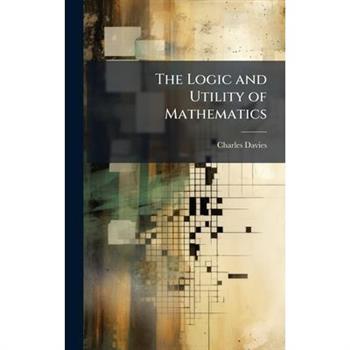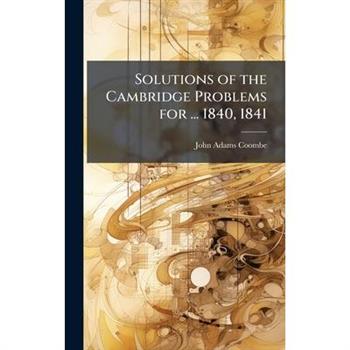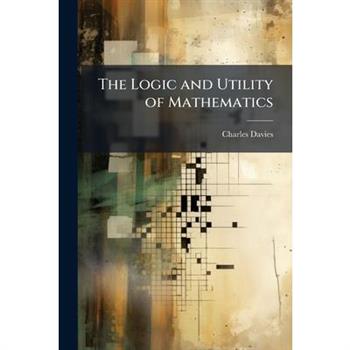Existence of Positive Solutions
The study of the existence of positive solutions of operator equations in ordered Banach spaces, in which algebra, geometry and analysis are combined, has received much attention in the past few decades, but still in the present time.It is related to the existence of positive solutions of operator equations that have been raised in application, such as buckling of mechanical structures, design of suspension bridges, steady-state temperature distribution, chemical reactions, interaction between predators and prey, and management of natural resources.This problem can be reduced to the existence of an equation in an ordered Banach space.In this book we consider the existence of solutions of some types of equations in ordered Banach spaces.First, the existence and nonexistence of solutions of equations with differentiable concave-convex operators are discussed depending on the parameters.Next, based on the concept of partial incomplete compactness measure, we consider the existence of fixed points of monotone operators satisfying weak compactness conditions.Finally, we apply the bifurcation theory to consider the set of positive solutions of the boundary value problem.
''s QUARING THE CIRCLE' A HISTORY OF THE PROBLEM'
A Hybrid Approach to Discrete Mathematical Programming
Calculus
Unlock the mysteries of Calculus with a fresh approach rooted in simplicity and historical insight. This book reintroduces a nearly forgotten idea from Ren矇 Descartes (1596-1650), showing how the fundamental concepts of Calculus can be understood using just basic algebra. Starting with rational functions -- the core of early Calculus -- this method allows the reader to grasp the rules for derivatives without the intimidating concepts of limits or real numbers, making the subject more accessible than ever.But the journey doesn't stop there. While attempting to apply this algebraic approach to exponential functions, the reader will encounter the limitations of simple methods, revealing the necessity for more advanced mathematical tools. This natural progression leads to the discovery of continuity, the approximation process, and ultimately, the introduction of real numbers and limits. These deeper concepts pave the way for understanding differentiable functions, seamlessly bridging the gap between elementary algebra and the profound ideas that underpin Calculus.Whether you're a student, educator, or math enthusiast, this book offers a unique pathway to mastering Calculus. By connecting historical context with modern mathematical practice, it provides a richer, more motivating learning experience. For those looking to dive even deeper, the author's 2015 book, What is Calculus? From Simple Algebra to Deep Analysis, is the perfect next step.
Application of the Bayesian Method in Statistical Modeling
Numerical Methods for Statistical Computation
Numerical Methods for Statistical Computation: Theory, Algorithms, and Applications bridges numerical analysis with modern statistics, offering a unified treatment of root-finding, linear systems, interpolation, integration, differential equations, and optimization all within a statistical framework. Through detailed theory, worked examples, and real applications, the book equips readers to solve complex statistical problems numerically. Designed for advanced undergraduates, graduate students, and researchers in statistics and data science, it emphasizes both algorithmic understanding and statistical insight. With a strong pedagogical structure and extensive example sets, this book serves as a comprehensive resource for statistical computation in theory and practice.
Fuzzy Bi-Ideals of Gamma Near-Ring
I am very pleased to submit this book. In this book contains T -Fuzzy Bi-ideals of Gamma Near-rings, Spherical Fuzzy Bi-ideals of Gamma Near-rings, Spherical Interval-valued Fuzzy Bi-ideals ofGamma Near-rings, Spherical Cubic Bi-ideals of Gamma Near-rings, Double Framed Soft Fuzzy Bi-ideal of GammaNear-rings, Bipolar Fuzzy Bi-ideals of Gamma Near-rings, Conclusion. The concept of fuzziness as described by L.A. Zadeh in 1965 includes imprecision, uncertainty and degree of truthfulness of values. A fuzzy set is a class of objects with a continuum of grades of membership. Such a set is characterized by a membership function which assigns to each object a grade of membership ranging between zero and one. A fuzzy set in a universe of discourse X is a function of the form: X → [0, 1]. Membership functions characterize fuzziness (i.e., all the information in fuzzy set), whether the elements in fuzzy sets are discrete or continuous. Membership functions can be defined as a technique to solve practical problems by experience rather than knowledge. Membership functions are represented by graphical forms. Rules for defining fuzziness are fuzzy too.
Advanced Engineering Mathematics
This book provides a comprehensive foundation in essential mathematical methods used in engineering and applied sciences. It bridges theory with practical applications by covering topics such as differential equations, vector calculus, Fourier analysis, and PDEs. Each chapter includes step-by-step explanations, solved problems, and practice exercises designed to build analytical thinking and problem-solving skills. Emphasis is placed on real-world engineering systems, making it an ideal guide for students, educators, and professionals.
Mathematics for Machine Learning and AI
Mathematics for Machine Learning and AI provides a foundational and practical understanding of the core mathematical concepts that underpin modern artificial intelligence systems. It covers essential topics such as linear algebra, calculus, probability theory, statistics, optimization, and discrete mathematics, all tailored to their applications in machine learning and AI. This book bridges the gap between mathematical theory and practical implementation, making complex topics accessible through clear explanations, real-world examples, and hands-on problem-solving. Readers will learn how eigenvalues, gradients, probability distributions, and optimization algorithms drive intelligent systems-from neural networks and decision trees to deep learning and reinforcement learning. Designed for students, educators, and professionals, the book balances theoretical rigor with intuitive insights, offering both the mathematical depth and applied knowledge needed to excel in the evolving fields of data science, AI, and machine learning.
Foundations of Mathematical Analysis for Statistics
Mathematical analysis forms the rigorous backbone of modern statistics, enabling a precise understanding of continuity, differentiability, integration, and convergence, all of which are central to probability theory, inference, stochastic processes, and machine learning. As the boundaries between pure mathematics and statistical applications continue to dissolve, a solid foundation in analysis becomes not just desirable but indispensable for serious students of statistics. This book, Foundations of Mathematical Analysis for Statistics, is the result of years of teaching and research, distilled into a coherent and structured resource intended for graduate and advanced undergraduate students in statistics, mathematics, and allied disciplines. It bridges classical real and complex analysis with the analytical tools used in contemporary statistical theory and modeling.
Advanced Numerical and Algorithmic Approaches for Irresolvable Integrals
This fourth volume, Advanced Numerical and Algorithmic Approaches for Irreducible Integrals, is intended for students, researchers, and engineers dealing with integrals that cannot be solved analytically. Through a rigorous framework, it presents error bounds, estimates of maximum achievable precision, and methods for determining the optimal number of intervals required. Each numerical technique is illustrated with an algorithm, a Python implementation, and exercises grounded in diverse application domains such as biology, finance, and telecommunications. By combining mathematical theory, computational tools, and real-world case studies, the book offers a clear methodological framework for assessing and mastering the precision of numerical methods. This volume completes a four-part series dedicated to both analytical and numerical integration, delivering a structured, comprehensive, and practically oriented vision of integral calculus in the sciences and engineering.
Numerical and Algorithmic Approaches for Solvable Integrals
This third volume of the Numerical and Algorithmic Approaches to Integrals series focuses on error analysis, precision, and comparison of major numerical integration methods applied to analytically solvable integrals. Combining theoretical rigor with practical Python implementation, the book offers a systematic study of absolute and relative errors, algorithm design, and guided, corrected exercises. Each method follows a consistent structure: theoretical foundations, precision estimation, algorithm development, and hands-on application. Designed for students in the sciences, as well as researchers and engineers, this volume helps consolidate numerical analysis skills through an autonomous, progressive, and comparative reading experience. It serves as a valuable resource for mastering the reliability of numerical methods in academic and professional settings that demand both precision and analytical depth.






